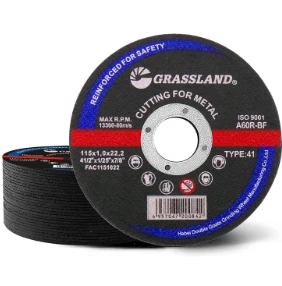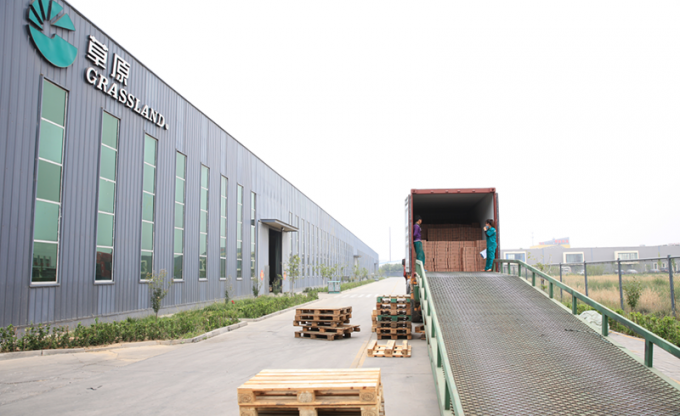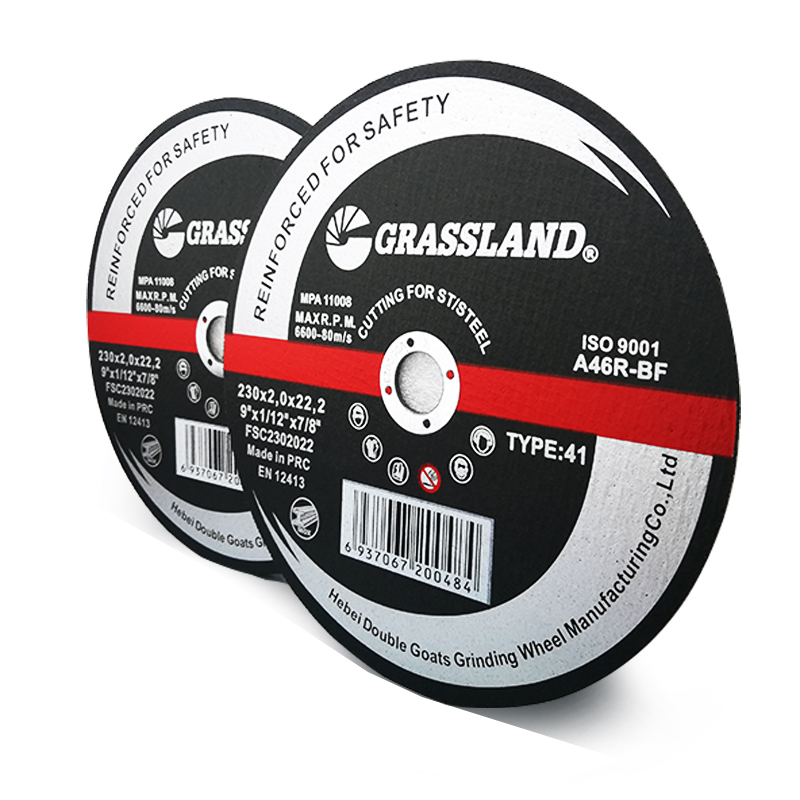

Professionals facing the decision between these tools often consider the material they are working with. Metal composition, hardness, and thickness all influence the optimal choice of disc. For instance, cutting sheets of mild steel would most efficiently be accomplished with a specialized cutting disc, while grinding stone or concrete might require a diamond-coated disc to handle the increased friction and resistance. Safety is paramount when using both types of discs. The high-speed rotation required for them to function effectively generates significant heat and debris, which can present hazards to operators. Therefore, users must ensure they have appropriate safety gear, including eye protection, gloves, and sometimes respiratory masks, to prevent injury from flying fragments or dust inhalation. Regular maintenance checks of the tools and discs are also crucial to ensure they remain in optimal working condition. An effective choice between cutting and grinding discs can also influence cost-efficiency. While cutting discs might need more frequent replacement due to their thin construction, they allow for faster completion of precise cuts, reducing labor time. Grinding discs, albeit potentially longer-lasting, might involve more time and materials, depending on the project's requirements. Ultimately, the choice between a cutting and grinding disc often boils down to the specific requirements of the project at hand. By understanding these differences and selecting the appropriate tool, professionals can enhance their work quality and workshop productivity. This nuanced understanding of cutting and grinding tools represents the expertise found within seasoned professionals and highlights their importance across various applications in metallurgy and construction, supporting safer and more efficient practices.
Post time:Gen - 20 - 2025

















